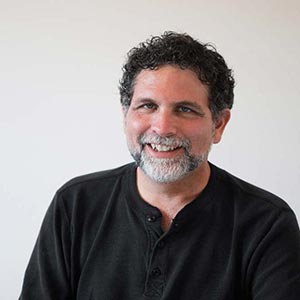The influence of Ralph Waldo Emerson on the future trajectory of American philosophy probably cannot be over-estimated. He held a metaphysical vision of an evolving universe. His idealism with its dualistic character would be largely rejected by the next generation of thinkers, Peirce and James. But their vision of an evolving universe can be seen as an extension of Emerson’s thought. Both Peirce and James acknowledge their debt to the great man of Concord, but the true extent of his influence may not be possible to ascertain, let us leave it as immense.
In his original publication of “Nature” in 1836 Emerson was already describing the growth of the universe, but in his essay by the same name published in 1844 with his second series of essays he was beginning to articulate the outlines of an evolutionary spirituality. Dr. Robert C. Gordon in his essay Emerson, Evolution and Transmigration depicts Emerson’s struggle over his belief in evolution on the one hand and his fear that it was rooted in spiritual materialism on the other. By 1844 evolution seemed to be winning out in Emerson’s writing and it was holding fast to a spiritual framework.
Nature as he described it “publishes itself in creatures, reaching from particles and spicula, through transformation on transformation to the highest symmetries, arriving at consummate results without a shock or a leap.” All that is needed for this miraculous progression of form he claims are “the two cardinal conditions of boundless space and boundless time.” Emerson was aware that the geologists of his time were convincingly estimating that the earth was immensely older than anyone had ever imagined and this huge span of time, Emerson believed, meant that nature had the time required to do her evolutionary work.
“Now we learn what patient periods must round themselves before the rock is formed, then before the rock is broken, and the first lichen race has disintegrated the thinnest external plate into soil, and opened the door for the remote Flora, Fauna, Ceres, and Pomona, to come in. How far off yet is the trilobite! how far the quadruped! how inconceivably remote is man! All duly arrive, and then race after race of men. It is a long way from granite to the oyster; farther yet to Plato, and the preaching of the immortality of the soul. Yet all must come, as surely as the first atom has two sides.”
Clearly Emerson has an evolutionary view of the universe and he continues to describe the universe not as a collection of expanding parts, but as a single growing thing. “…from the beginning to the end of the universe, she has but one stuff,” he writes adding, “Compound it how she will, star, sand, fire, water, tree, man, it is still one stuff, and betrays the same properties.”
The universe is not a collection of separate objects. It is one unified whole that grows. This is an idea that will carry on straight through the development of American philosophy. Emerson also shows the beginnings of an insight about how this growth happens that will later be reflected in the work of Charles Sanders Peirce and still later in the thinking of contemporary thinkers like Ken Wilber. Emerson writes, “She (nature) keeps her laws, and seems to transcend them.” This combination of retaining what is and creating the new is the formula for growth that both Peirce and Wilber will later draw upon. Wilber in his writings on Integral Theory will popularize the phrase ‘transcend and include’ to describe the same sentiment about the mechanim of evolution.
Emerson also hints at the prominent place that consciousness plays in evolution when he describes the ladder of development as a “system in transition” that travels from plant to animal to man. About men he says, “The men, though young, having tasted the first drop from the cup of thought, are already dissipated: the maples and ferns are still uncorrupt; yet no doubt, when they come to consciousness, they too will curse and swear.” And so it appears that Emerson is already seeing the emergence of consciousness as the crowning achievement of the evolutionary process in 1844.
The universe begins, he postulates with an “aboriginal push” an idea that predates the modern Big Bang theory by nearly 100 years. Once this push occurs it “ propagates itself through all the balls of the system, and through every atom of every ball, through all the races of creatures, and through the history and performances of every individual.” Almost 200 years later the spiritual teacher Andrew Cohen would make almost the same sentiment when he claimed that “When you experience the creative impulse awakening in your self, it’s no different than the original impulse that became the whole universe. It’s nothing less that the Big Bang itself, working in you and through you.”
